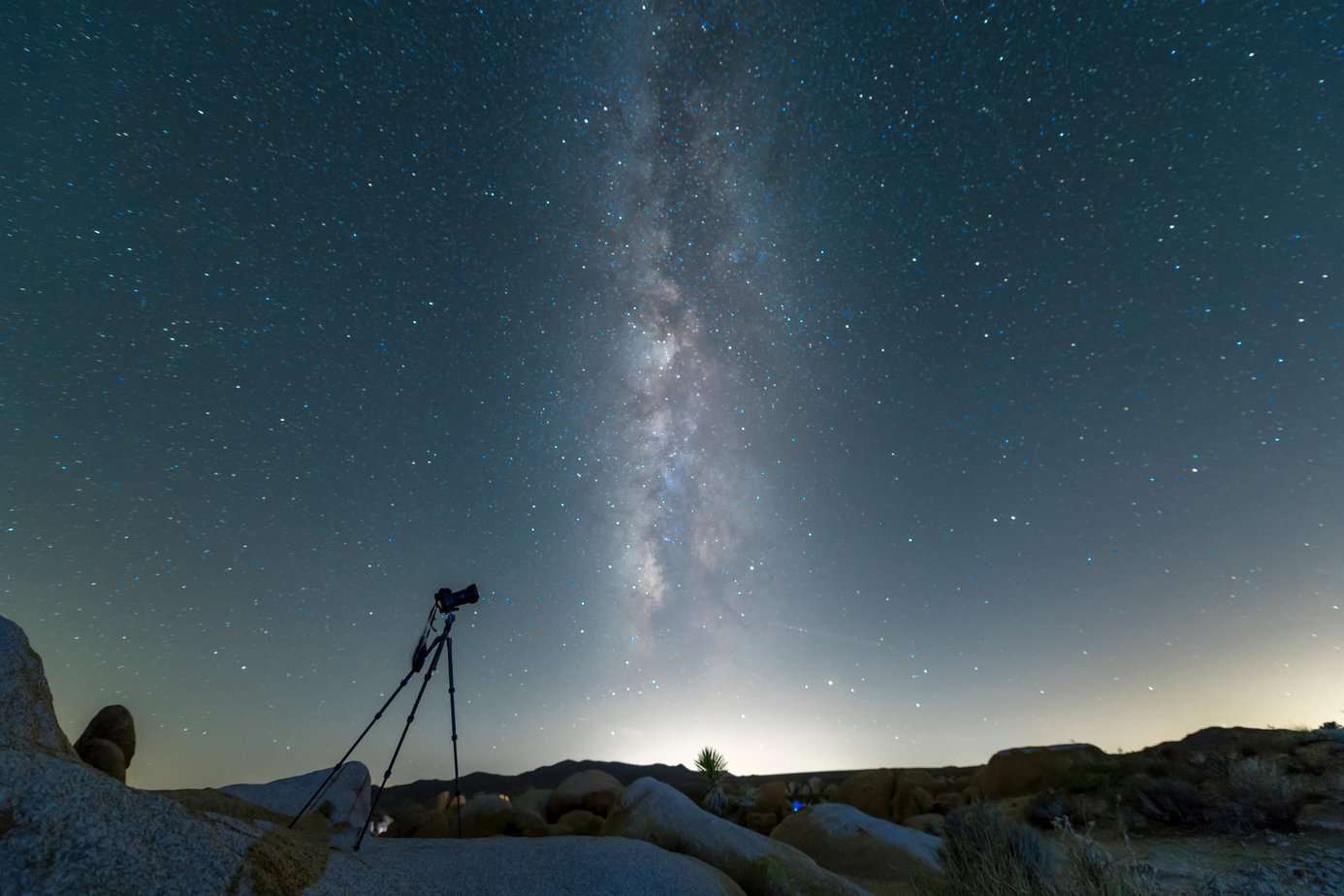
Modern people still know very little about the Universe. Scientists are constantly conducting research and experiments that would allow them to make breakthroughs in this sphere. Sometimes the conclusions they reach are very surprising. Check out what else you don’t know about the cosmos!
In our solar system there are a total of 176 moons revolving around the planets, and some of them are larger than Mercury! At the same time, the latter, as well as Venus, are devoid of satellites of their own.
For 20 years, a team of astronomers has been observing a star at the center of our galaxy rotating around a black hole. The star is now so close to the black hole that a “gravitational redshift” may occur. In other words, the star’s light loses energy as it approaches the black hole’s gravitational field.
Most people think that the hottest planet in our system is Mercury, because it lies closest to the Sun. Meanwhile, it is Venus that has the densest atmosphere, which creates a “greenhouse effect” on its surface. It is so powerful that Venus consistently has a temperature of 462°Celsius.
Or more precisely, 4.571 billion years old. According to scientists’ calculations, in about 5 billion years our Sun will expand enough to transform into a red giant, and in about 7.5 billion years it will reach such a size that it will engulf Mercury, Venus, and possibly Earth.
The gigantic spiral arms of the Whirlpool galaxy consist of long ribbons of stars and gas, sprinkled with cosmic dust. These arms act like star factories, compressing hydrogen and producing clusters of new stars.
But wait a minute… If there’s no wind to sweep them away, why is the fluttering flag stuck in the ground of the Silver Globe? Those wrinkles and undulations in the material were the result of the flag’s location in the space module. At least, that’s what the Americans say.
Every year the Moon moves 4 centimeters away from Earth. Although such a value does not seem significant, it could have devastating consequences for our planet in the future. Although the Earth’s gravitational field should keep the moon in its orbit, its remoteness will ultimately slow the planet’s rotation to the point where one day will last more than a month.
The state of weightlessness, accurately called microgravity, makes people and objects float freely in the air. The state of continuous falling is responsible for levitation. Although it may seem strange, prolonged exposure to weightlessness can lead to serious mental and physical disorders in the human body.
So-called orphaned planets originated in solar systems like ours, but for some reason they were ejected into open space and now roam our galaxy on their own. These vagrants have no star around which to revolve, so their surface is thoroughly frozen. Since these planets should have molten inner nuclei, some scientists believe that they may have huge underground oceans where life has developed.
main photo: unsplash.com/Ken Cheung